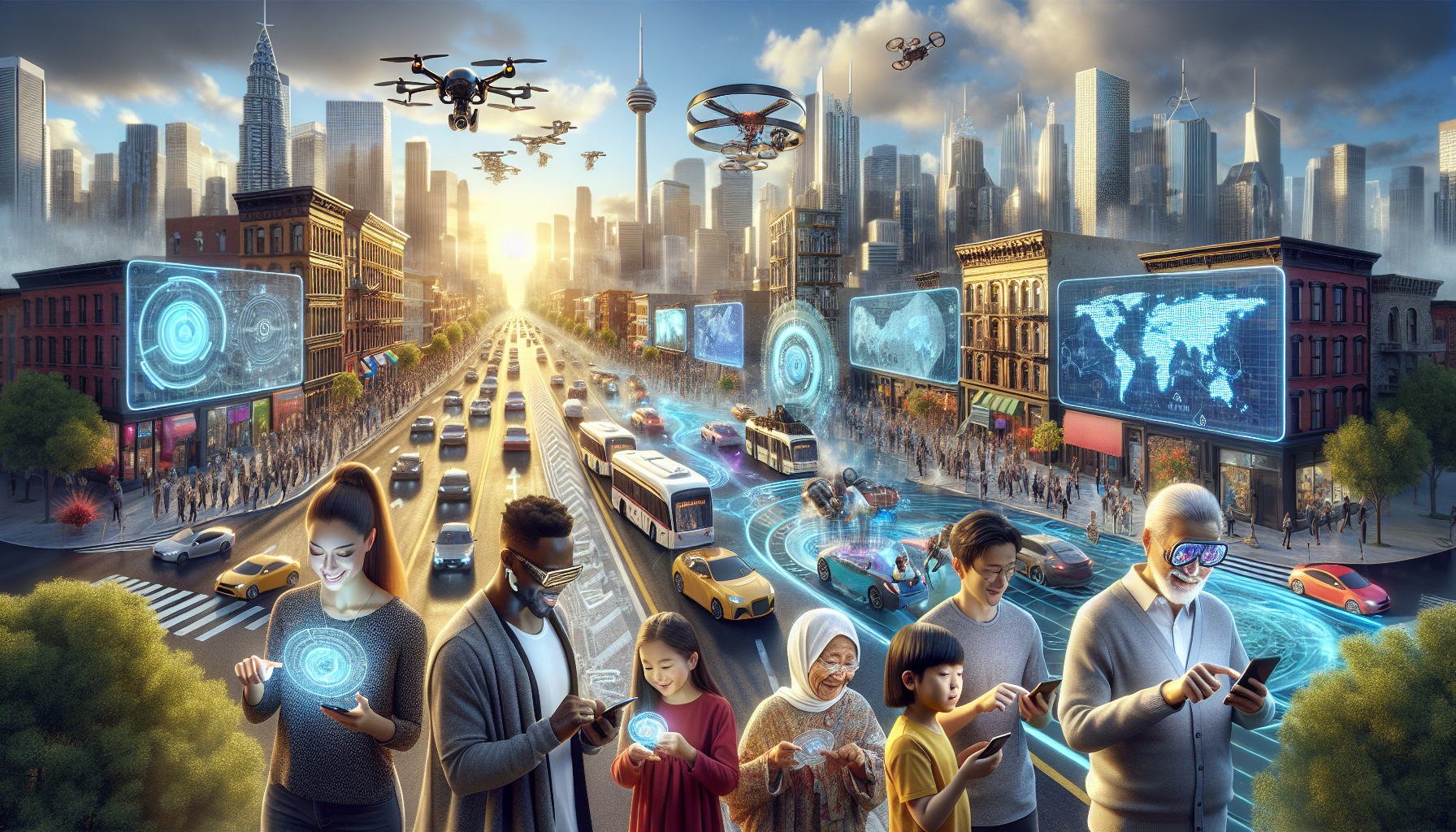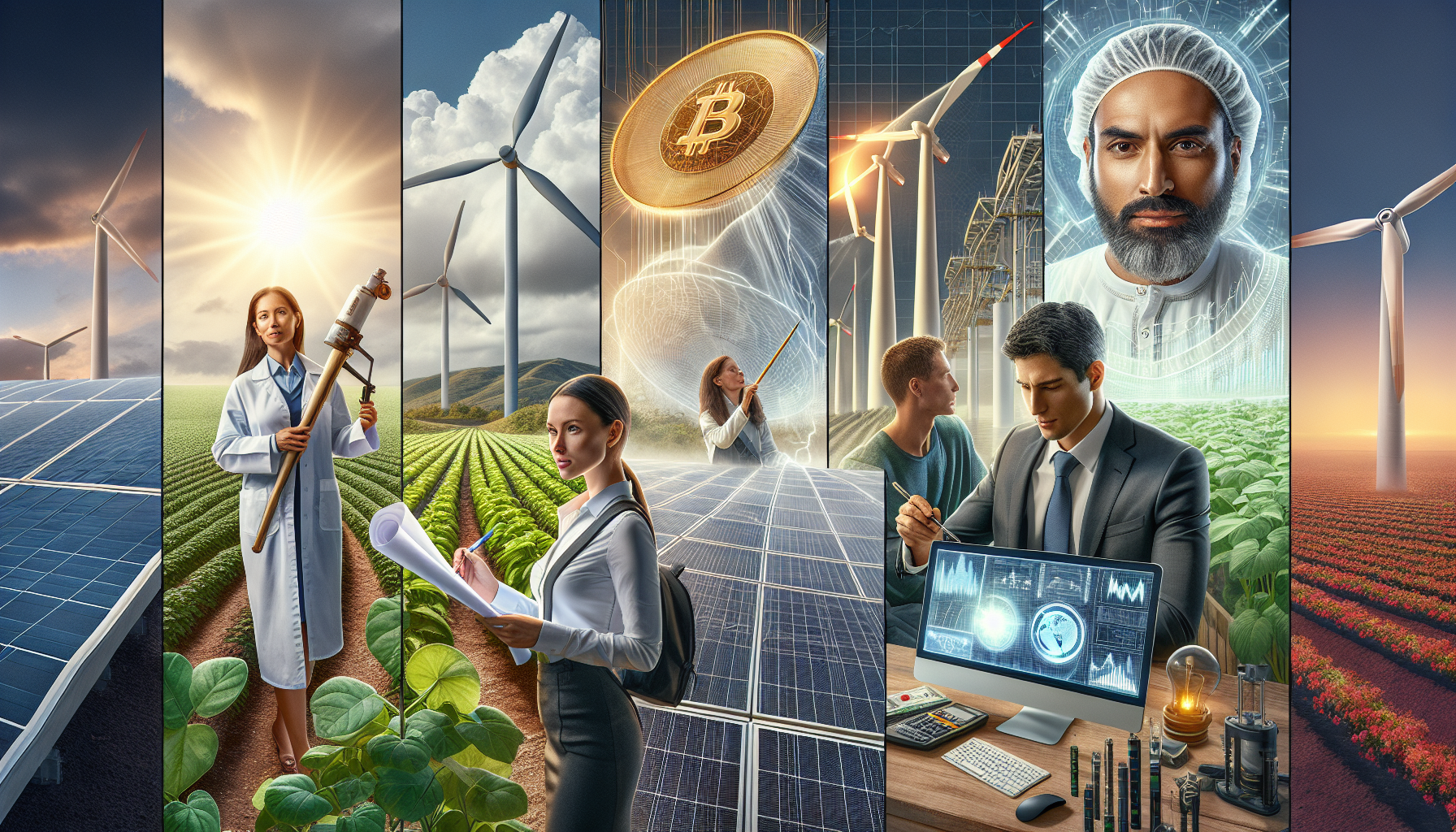Advertisements
Navigation and location have undergone a radical transformation in recent decades, driven by technological advances that have changed the way we interact with the world around us. The digital revolution has brought innovative tools and solutions that not only make it easier to get around, but also open up new horizons for exploration and discovery. In this scenario, technology becomes an indispensable ally, allowing people and companies to reimagine their journeys and optimize processes.
Navigation technologies such as GPS and real-time mapping systems have evolved in ways that once seemed impossible. The accuracy of geospatial data and integration with mobile devices have transformed the way we travel, make deliveries, and plan routes. In addition, the rise of new geographic information sharing platforms is creating a collaborative ecosystem that further enhances the navigation experience.
In the field of location, innovations such as the use of artificial intelligence and big data have enabled predictive analytics that improve decision-making across a range of industries. From retail to logistics, the ability to identify patterns and trends in real time is redefining operational efficiency and the customer experience. This revolution not only benefits businesses, but also gives individuals a more intuitive way to connect with their surroundings.
Additionally, the exploration of new technologies such as drones and autonomous vehicles is shaping the future of navigation in ways that defy convention. With the ability to map hard-to-reach areas and collect data in real time, these innovations are changing the way we understand geography and mobility. The intersection of technology and navigation is creating a world of possibilities, where adventure and efficiency go hand in hand.
In this context, it is essential to explore the many facets of the navigation and location revolution with technology. From practical applications in everyday life to future implications for society, the journey of digital transformation in the way we navigate and locate ourselves is a fascinating story that deserves to be told. Delving deeper into this topic reveals not only the challenges and opportunities, but also how technology is shaping our world in ways that we are only just beginning to understand.
Advertisements
The Impact of Navigation Technologies on Everyday Life
In recent years, the way we navigate and move around has changed dramatically. Navigation technology has evolved to offer solutions that once seemed like science fiction, becoming an integral part of our daily lives. With the popularization of smartphones and GPS devices, we have information at our fingertips, at any time.
Modern navigation apps not only show us how to get to a place, but also provide us with real-time information such as traffic conditions, suggested alternative routes and even estimated time of arrival. This helps us make more informed decisions and optimize our time.
But how does this navigation revolution impact our lives? Let’s take a closer look.
Benefits of Modern Navigation
Modern navigation offers a range of benefits that go far beyond simply guiding us to our next destination. Here are some of the main ones:
- Transport efficiency: With real-time information, we can avoid traffic jams and choose faster routes.
- Exploration made easy: Whether you’re in a new city or your neighborhood, navigation apps help you discover new places and services.
- Accessibility: Navigation technology has become more accessible, allowing anyone, regardless of experience, to utilize advanced features.
- Security: Features like location sharing and emergency alerts increase our safety while on the move.
Innovations in Location Technology
In addition to navigation applications, several innovations are changing the way we interact with the space around us. The use of technologies such as GPS, Wi-Fi and Bluetooth has brought significant improvements in location accuracy.
Advertisements
One of the most exciting innovations is the integration of location technology with augmented reality. Imagine being in a museum and, when looking at a work of art on your cell phone, receiving information about the piece in real time! This is already a reality in some applications that combine navigation and AR (augmented reality).
Comparison of Location Technologies
TechnologyAccuracyApplicationsGPSUp to 5 metersOutdoor navigation, vehicle trackingWi-FiUp to 10 metersIndoor location, security systemsBluetoothUp to 1 meterDevice tracking, person location
The Future of Navigation and Location
The future of navigation and location is bright. Technologies like artificial intelligence and machine learning are being integrated into these systems, providing even more personalized and efficient experiences. Imagine a virtual assistant that not only guides you to your destination, but also makes recommendations based on your personal preferences.
Furthermore, the expansion of the Internet of Things (IoT) promises to further transform the way we move and connect with the world. With increasingly interconnected devices, we will be able to have richer and more dynamic information about the environment around us.
Possible Challenges to be Faced
Despite all the progress, some challenges still need to be overcome:
- Privacy: When collecting data, it is crucial to ensure that users' privacy is respected.
- Dependence: Over-reliance on technology can impair our ability to navigate without devices.
- Infrastructure: The need for a robust infrastructure to support advanced technologies is vital.
Integration with Other Technologies
The integration of navigation technologies with other areas, such as public transportation and self-driving cars, is becoming increasingly common. Transportation systems are adapting to provide real-time data to users, helping to improve the overall mobility experience.
Cities are becoming smarter, with systems that connect different modes of transport, from bicycles to buses and subways. The idea is to create an ecosystem where each part of the transport system communicates to offer the best experience for the user.
Examples of Technology Integration
Here are some examples of how navigation technologies are being integrated into different systems:
- Mobility Applications: Apps like Google Maps already integrate information on public transportation, ride-hailing and bike-sharing services.
- Autonomous Cars: These vehicles use advanced location technology to navigate without the need for human intervention.
- Smart Cities: Cities are using navigation data to optimize traffic and improve public transport efficiency.

Conclusion
In short, the navigation and location revolution, driven by innovative technologies, has transformed the way we interact with the world around us. The evolution of systems such as GPS, Wi-Fi and Bluetooth has not only improved the accuracy of our routes, but also made it easier to explore new places and experiences. As a result, we are better equipped than ever to face everyday challenges, from choosing the most efficient route to discovering places and services that might have previously gone unnoticed. In addition, integration with emerging technologies such as artificial intelligence and augmented reality promises to further elevate our navigation experience. However, it is essential that we address the challenges that come with these innovations, such as privacy protection and technology dependency, to ensure a sustainable and safe future. Therefore, as we explore new horizons, we must always be aware of the importance of responsible and conscious navigation. As we continue to advance in this digital age, the possibility of personalized and interconnected experiences will be a reality that will enrich our lives, making each journey a new discovery.
Useful Links
National Geographic – What is GPS?
TechRepublic – How GPS works and why it is so important
Forbes – How the Internet of Things is changing navigational technology
Wired – Augmented Reality in Transportation
ScienceDirect – The future of navigation and location technology




